What is the foliar disease on my tomatoes?
mxk3 z5b_MI
9 months ago
Featured Answer
Sort by:Oldest
Comments (15)
rosaprimula
9 months agolast modified: 9 months agodaninthedirt (USDA 9a, HZ9, CentTX, Sunset z30, Cfa)
9 months agolast modified: 9 months agoRelated Discussions
Is my tomato plant diseased, or just sun-starved? (pic)
Comments (15)Definitely not low PH- I sent a soil test to the extension office before I planted, and it was on the high side (one of the reasons I chose pine straw as mulch). I just got back from a few days away on business, and the plant now has a few tomatoes growing, and all of them look like Romas. I got all of my seeds from Tomatofest, and have had great results with all of my other plants, but maybe I just got one mislabeled seed in my bag....See Moreinterplanting my tomatoes for disease control
Comments (6)Air movement around plants, watering the soil rather than overhead/spray irrigation, and preventing soil splash is important in problem areas. Keeping the leaves dry by watering closer to the soil and having enough air movement in/around plants to get them dry after a moisture event helps a lot. In some climates you can't pack toms in because the lack of air movement along with the plant's transpiration keeping it humid around the plants creates an non-ideal climate for keeping disease from setting up shop (especially molds/fungi). Intercropping different kinds of crops can help, but I'd make sure spacing, air movement, and watering issues are taken care of first...if it's even a problem....See MorePlease help me with my tomato disease
Comments (2)Try the website posted by another gardener- it shows many common diseases, and I used it to identify the problem I'm having as late blight: http://aggie-horticulture.tamu.edu/publications/tomatoproblemsolver/leaf/...See MoreIs my tomato plant diseased or am I dealing w/pests? See photo. Thanks
Comments (1)The hole in the tomato is pest/animal. The spots on the leaves are either fungal or bacterial (maybe septoria). Trim the affected leaves and spray with a fungicide to prevent further infection....See MoreA Mat
9 months agorosaprimula
9 months agolast modified: 9 months agomxk3 z5b_MI
9 months agotheforgottenone1013 (SE MI zone 5b/6a)
9 months agorosaprimula
9 months agokevin9408
9 months agolast modified: 9 months agokevin9408
9 months agorosaprimula
9 months agolast modified: 9 months agomxk3 z5b_MI
9 months agokevin9408
9 months agolovemycorgi z5b SE michigan
9 months ago
Related Stories
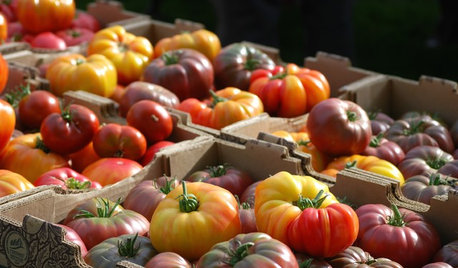
SUMMER GARDENINGNew Heirloom Tomato Hybrids Offer the Best of Both Worlds
These crosses combine great heirloom tomato flavor with increased productivity and disease resistance
Full Story
EDIBLE GARDENSSummer Crops: How to Grow Tomatoes
Plant tomato seedlings in spring for one of the best tastes of summer, fresh from your backyard
Full Story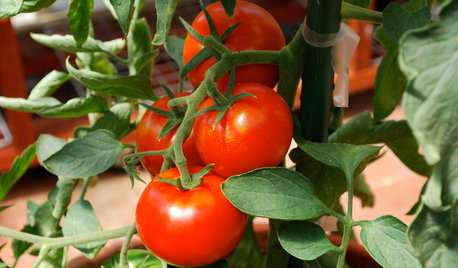
GARDENING 101How to Grow Tomatoes in Pots
Don’t have much space for a garden? All you need is a sunny spot and a large container to grow this favorite summer crop
Full Story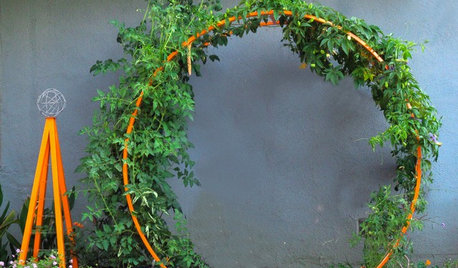
SUMMER FRUITS AND VEGETABLESCherry Tomato Plant Does Double Duty as a Design Element
Besides being tasty, cherry tomatoes bring a burst of bright color to the landscape
Full Story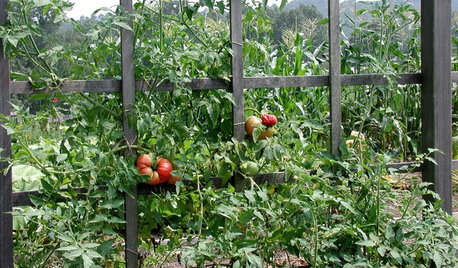
EDIBLE GARDENSThere’s Nothing Cagey About Tomato Cages
Learn about using tomato cages, trellises, stakes and other supports that will help your tomato plants thrive
Full Story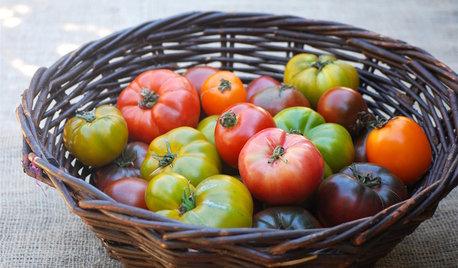
EDIBLE GARDENS10 Delicious Heirloom Tomatoes to Grow This Summer
Irresistible heirlooms offer outstanding flavor and variety. Choose from a rainbow of colors in all shapes and sizes
Full Story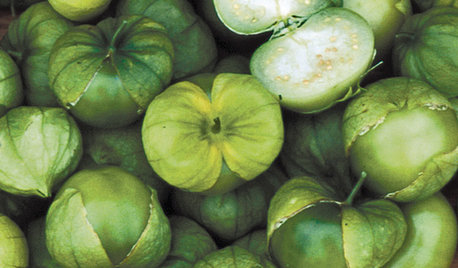
SUMMER FRUITS AND VEGETABLESSummer Crops: How to Grow Tomatillos
Grow this Mexican native for the freshest salsa verde — and for fewer problems than its tomato cousins
Full Story0

FARM YOUR YARDHouzz Call: Home Farmers, Show Us Your Edible Gardens
We want to see where your tomatoes, summer squashes and beautiful berries are growing this summer
Full Story
FARM YOUR YARD6 Things to Know Before You Start Growing Your Own Food
It takes time and practice, but growing edibles in the suburbs or city is possible with smart prep and patience
Full Story
EDIBLE GARDENS8 Surefire Vegetables and Herbs for Beginning Gardeners
Learn the edible plants that are popular and easy to grow in a backyard or container garden
Full Story




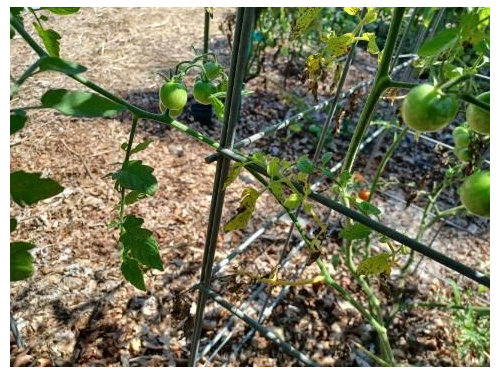
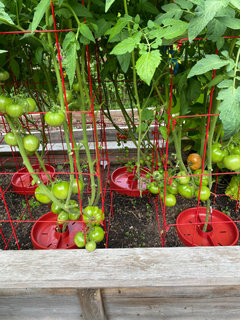

theforgottenone1013 (SE MI zone 5b/6a)